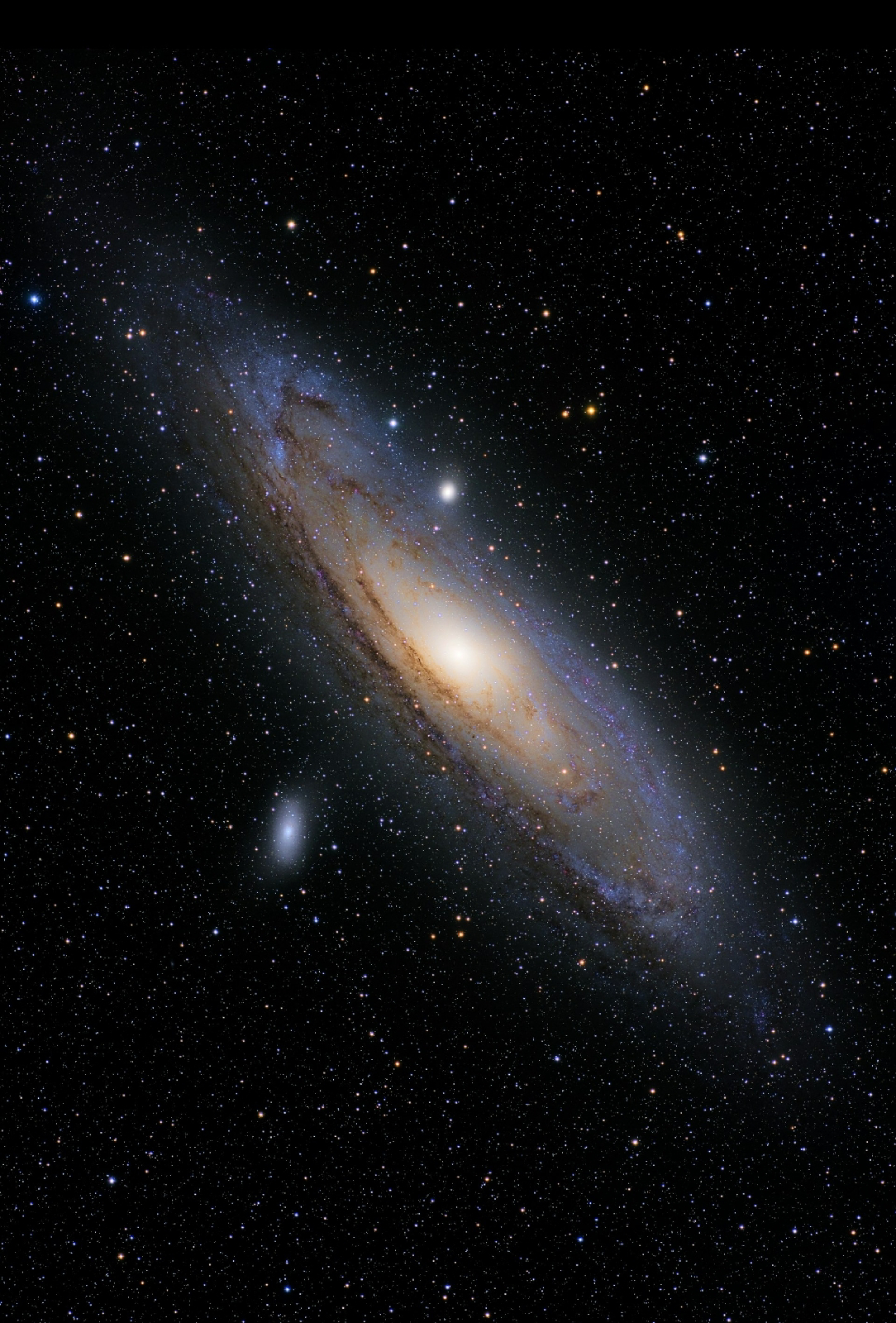Chapter 8: Humanity and the Universe – Searching for Our Place in the Cosmos

From the birth of the universe to the first starlight, from the dance of elements to the formation of our solar system, we've been on a long journey. And most recently, we’ve taken a look into the future of the cosmos. But now, it’s time to ask the most personal—and perhaps the deepest—question: Where do we fit into this grand story? Are we merely tiny players on the massive stage of the universe? Or are we conscious beings, serving as the universe’s way of understanding itself? Let’s chase down this profound mystery. From Cosmic Dust to Consciousness: How Did Humans Emerge? In the beginning, the universe contained only hydrogen and helium. There was no way for complex life—like us—to exist. But then stars gave birth to new elements: carbon, oxygen, iron… In short, we are made of the very ingredients forged in stars. As Carl Sagan famously said: > “We are made of star stuff—on a journey for the universe to understand itself.” Through billions of years of evolution, s...







